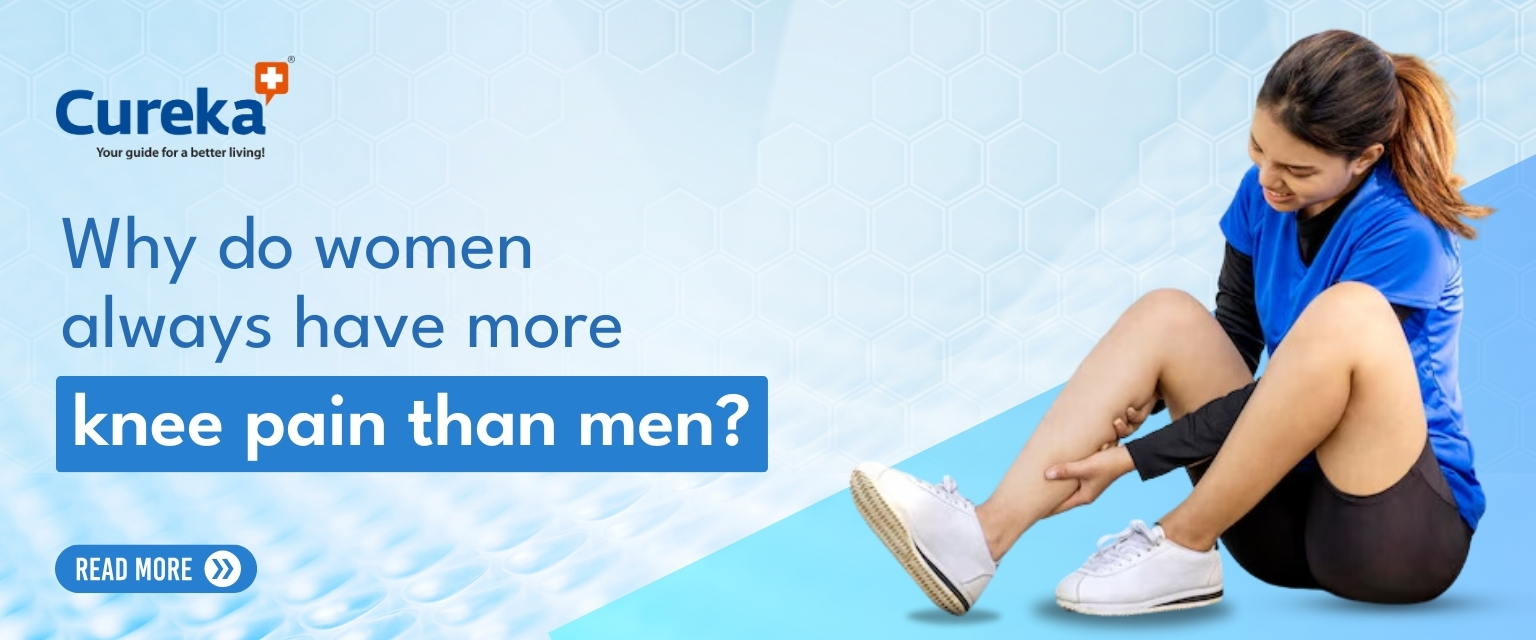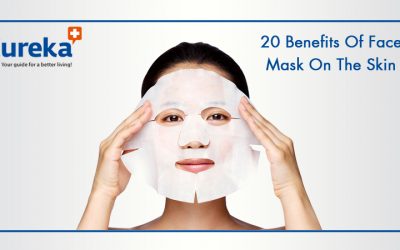Why Do Women Always Have More Knee Pain Than Men?
Knee pain is a common complaint that affects individuals across all age groups, but studies reveal that women are significantly more prone to knee pain than men. While some reasons are shared by both genders, women face unique challenges due to hormonal, anatomical, and genetic factors that increase their susceptibility.
Common causes of Knee pain:
Knee pain can arise from various factors, ranging from lifestyle habits to underlying medical conditions. Here are some common causes:
- Physical Strain: Prolonged sitting, kneeling, or overuse during physical activities.
- Injuries: Sprains, strains, or direct trauma to the knee.
- Medical Conditions: Arthritis, tendinitis, bursitis, fibromyalgia, and autoimmune diseases like lupus or rheumatoid arthritis.
- Aging with wear and tear: Degeneration of cartilage or joints over time.
Why Women Are More Prone to Knee Pain?
Several factors contribute to the higher prevalence of knee pain in women compared to men:
1. Hormonal Influences
Estrogen: This hormone plays a significant role in ligament strength and elasticity.Elevated estrogen levels, especially during ovulation, can loosen ligaments, making joints more unstable and prone to injuries.
Relaxin: Released during ovulation and pregnancy, relaxin helps prepare the body for childbirth by loosening ligaments. However, this systemic effect also impacts other joints, including the knees, increasing the risk of injury and cartilage damage.
2. Anatomical Differences
Wider Hips: Women’s wider pelvises create a larger angle where the thighbone meets the shinbone (known as the Q-angle). This inward alignment can cause uneven pressure on the knees, leading to increased wear and tear.
Joint Structure: Women’s knee joints tend to fit less tightly compared to men’s, making them more prone to instability and injuries.
3. Muscle Imbalance
Women are more likely to develop quad dominance, relying heavily on the quadriceps (front thigh muscles) rather than the hamstrings (back thigh muscles) for knee movement. This imbalance increases strain on the knees and raises the risk of injuries, such as ACL (anterior cruciate ligament) tears.
4. Genetic Predisposition
Women with a family history of arthritis or other joint-related issues are more likely to develop knee problems themselves. The genetic link is particularly strong for osteoarthritis, especially in female descendants.
5. Aging and Menopause
During menopause, declining estrogen levels reduce the natural protection of cartilage and joints. This hormonal shift increases the likelihood of developing osteoarthritis and chronic knee pain.
Conclusion
Women’s higher susceptibility to knee pain is influenced by a unique interplay of hormonal, anatomical, and genetic factors. Remember, nothing can stop you when you’re determined to prioritize your health and live life to the fullest! By staying active, maintaining a healthy weight, and addressing hormonal health, women can significantly reduce their risk of knee pain and enjoy better joint health throughout their lives.
References:
- Examining Sex Differences in Knee Pain: The Multicenter Osteoarthritis Study – 2014 July- https://pmc.ncbi.nlm.nih.gov/articles/PMC4180745/
- Knee osteoarthritis in women – 2013 March – https://pmc.ncbi.nlm.nih.gov/articles/PMC3702776/











